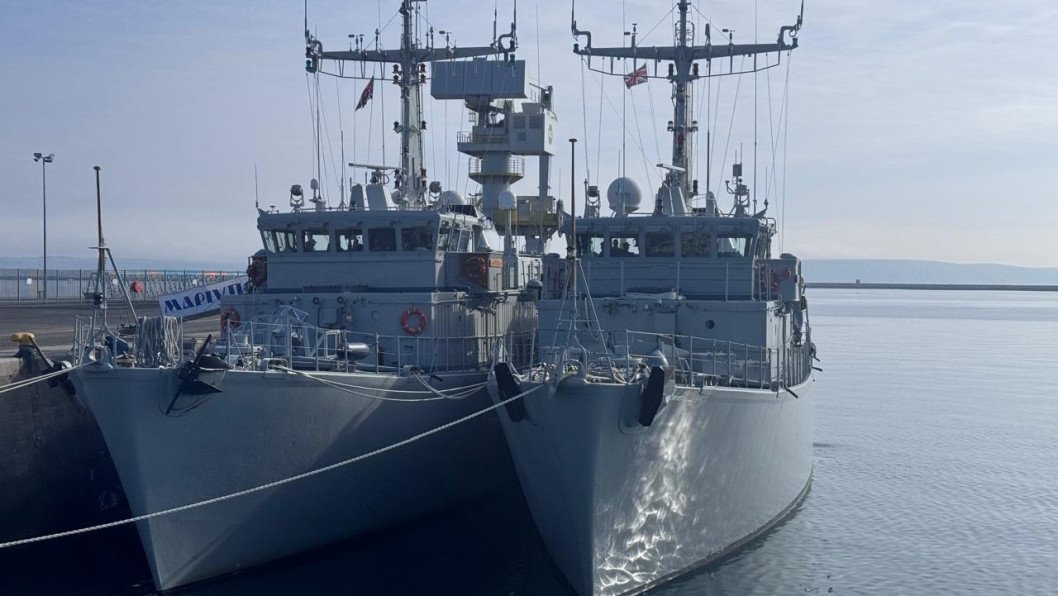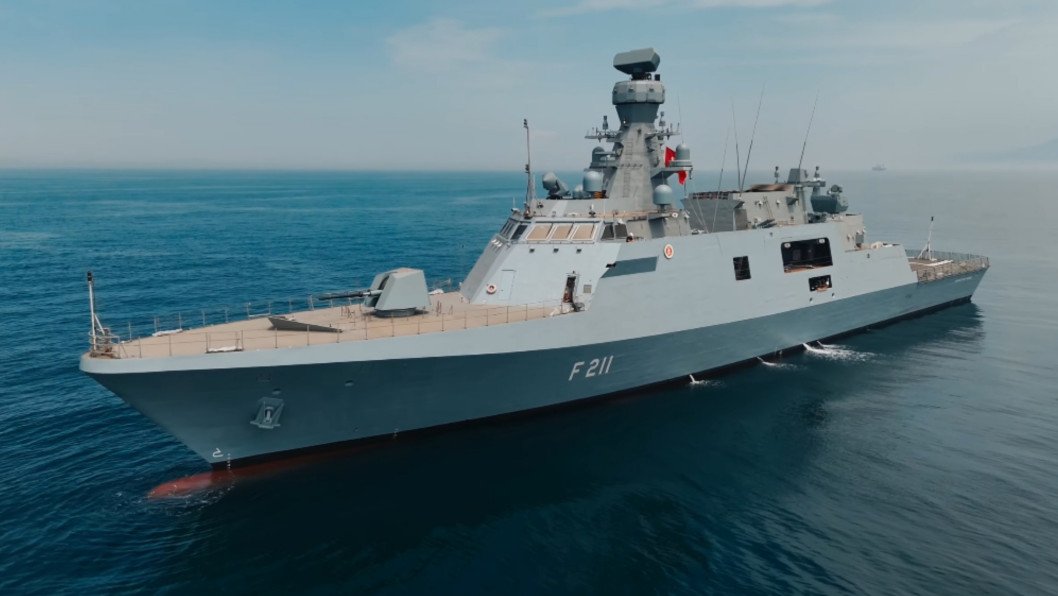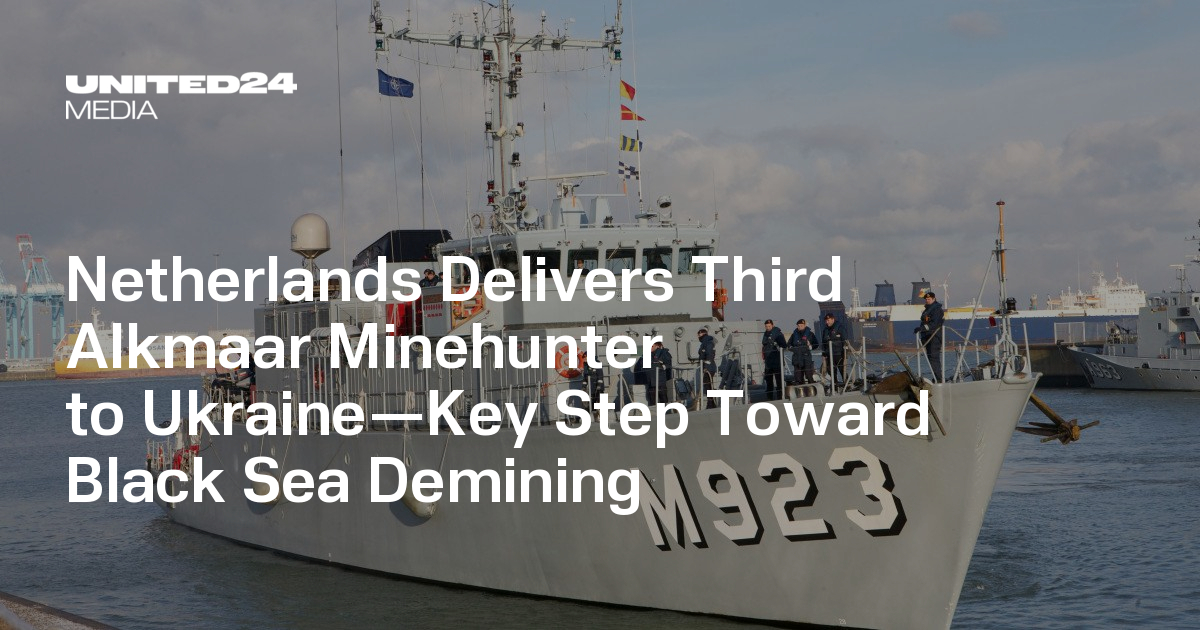Ukraine has taken delivery of an Alkmaar-class minehunter from the Netherlands, a move Kyiv says bolsters plans for a full-scale clearance campaign in the Black Sea and along its coast, Naval Forces spokesman Capt. 2nd Rank Dmytro Pletenchuk said in an interview on Suspilne on October 13.
Pletenchuk described the ship as a “full-fledged mine countermeasures vessel” capable of both detecting threats and conducting disposal work at varying depths.
❗️🇧🇪Belgium and the 🇳🇱Netherlands have officially handed over two Alkmaar-class minesweepers to the 🇺🇦Ukrainian Navy. Another such minesweeper is due to be handed over soon. pic.twitter.com/psZYVob9Vf
— 🪖MilitaryNewsUA🇺🇦 (@front_ukrainian) June 26, 2025
He noted Alkmaar-class ships have operated on the Atlantic and that the platform’s capabilities suit Ukraine’s maritime environment.
“It means for us the capability to clear our waterways. There is mine contamination, not counting remnants from even World War II and World War I, still in the Black Sea. So, of course, the work is more than enough; the need for these ships is huge,” Pletenchuk said.
Ukraine conducts demining operations now on a limited scale to protect sea lanes such as the grain corridor, he added, but full operations will require safer conditions to bring such ships into forward areas.

“If the security situation changes, and we have the opportunity to bring these ships into the Black Sea, we will finally be able to conduct a full demining operation. It is multi-stage. The first stage is up to eight months. That’s urgent clearance—anchorages, channels. Overall, the operation will last from 3 to 5 years,” Pletenchuk said.
The Alkmaar class is a minehunter design fielded in the 1980s and 1990s by the Netherlands, Belgium, and France (derived from the French Circé design).
Built as a multinational program, the class mixes components supplied by the partner countries: France provided mine countermeasure suites and electronics, the Netherlands provided propulsion systems, and Belgium supplied electrical generation systems.

Dutch Alkmaar variants originally displaced about 520 tonnes and were later increased to roughly 571–630 tonnes.
Armament on Dutch boats was modest (planned 20 mm guns were removed, and ships carried three 12.7 mm machine guns), and crews typically number about 36—four officers, 15 NCOs, and some 17 enlisted sailors.
Ukraine has taken delivery of an Alkmaar-class mine countermeasure vessel from the Netherlands and is set to receive another of the same class soon. pic.twitter.com/HcvL3Igunh
— Malinda 🇺🇸🇺🇦🇵🇱🇨🇦🇮🇹🇦🇺🇬🇧🇬🇪🇩🇪🇸🇪 (@TreasChest) October 12, 2025
From 2003 onward, Alkmaar boats underwent upgrades that are relevant to Ukraine’s needs: modern combat data systems (Atlas Elektronik INMS/INCMS), Thales 2022 Mk III hull-mounted sonar, and mine identification and neutralization payloads such as Atlas Seafox and Double Eagle Mk III Mod 1 remotely operated vehicles (ROVs).
Beyond minehunting, these vessels can operate as logistics platforms capable of transporting supplies and munitions.
Earlier, Ukraine’s naval forces received two Tripartite (Alkmaar)-class minehunters from Belgium and the Netherlands—BNS Narcis and Zr.Ms. Vlaardingen, renamed Mariupol and Melitopol respectively, with a third vessel, Zr.Ms. Makkum (to be Henichesk).
-7f54d6f9a1e9b10de9b3e7ee663a18d9.png)
We report from the front lines to show the reality of war. Your support helps us stay there and tell the stories that matter.
Related articles
